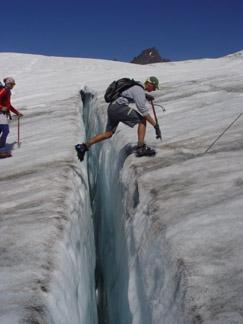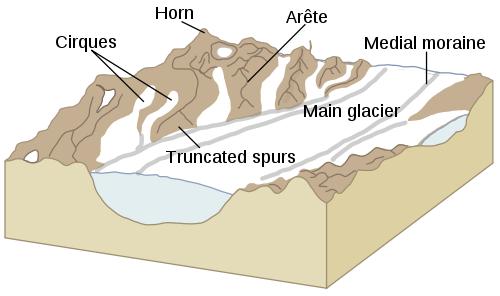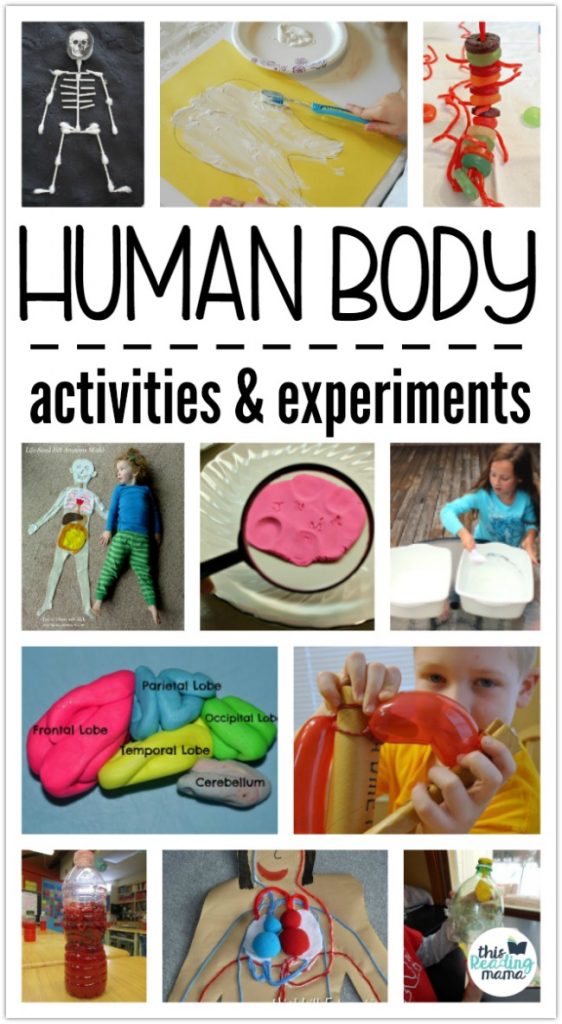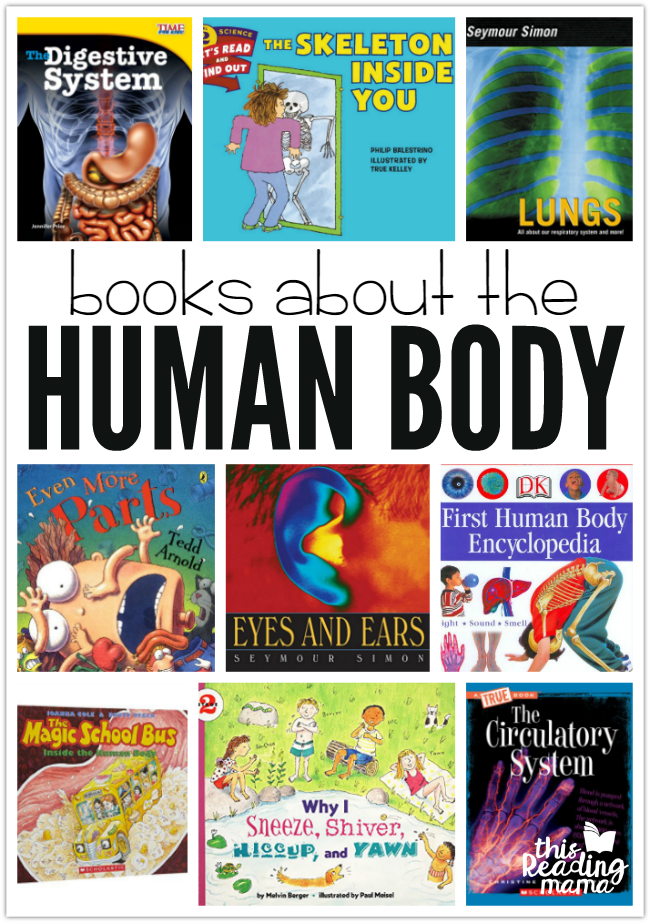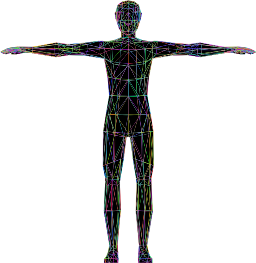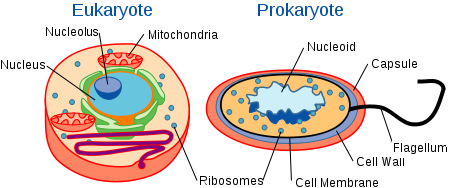First video up is 10 strange things found in Antartica!
Antarctica is one of the most mysterious places on Earth. ☃️ It’s the
coldest location ever discovered, with an average temperature of -58ºF
and an occasional drop to as low as -128.5ºF. ❄️ In addition, this
continent remains the least explored. Antarctica has no time zones, no
countries, and only 2 ATMs. We're gonna tell you about 10 mysterious and
bizarre findings that have been discovered in the ice of Antarctica.
TIMESTAMPS:
Elongated skulls 2:42
An ancient meteorite 3:28
Ancient fossils 4:19
Petrified remains of an unusual animal 5:01
Blood waterfall 5:44
Dry valleys 6:26
100-year-old whiskey 7:23
A scary creature 8:06
An underground lake 8:43
A frozen ship 9:36
Our second video is all about the different phases of the moon! What do you know about the moon? How big is it? Can we live there?
Today Kromp and Leonard meet our Moon and ask him a few questions. We
learn about the Moon Phases and more! Learn about outer space with your
puppet friends!
Did you know we’ve actually visited the moon? The first two men who
walked on the moon were named Neil Armstrong and Buzz Aldrin. That was
back in 1969. A total of 12 people have walked on the moon! Would you
like to go?
You have to wear a spacesuit when you’re there, because there’s no air.
It also gets super hot during the day, and super hot at night. Maybe
NASA will let you borrow one of their spacesuits!
--------------------------------------------------------------------------------------------------------------------


----------------------------------------------------------------------------------------------------------------------------
Our third video is a video short about trees and mother earth and how our children can play a large role in keeping her safe. Hello friends, we're very happy to present the second episode of our
series "Children can make a WORLD of difference" in which our planet
Earth will tell us some worrying things about the trees and how our
everyday actions can help her alleviate this situation.

-----------------------------------------------------------------------------------------------------------------------------
If you have gotten this far CONGRATULATIONS!!! Now it's time for some real hands on activities and pure fun! Let's watch these videos about amazing science experiments that you can do at home.
